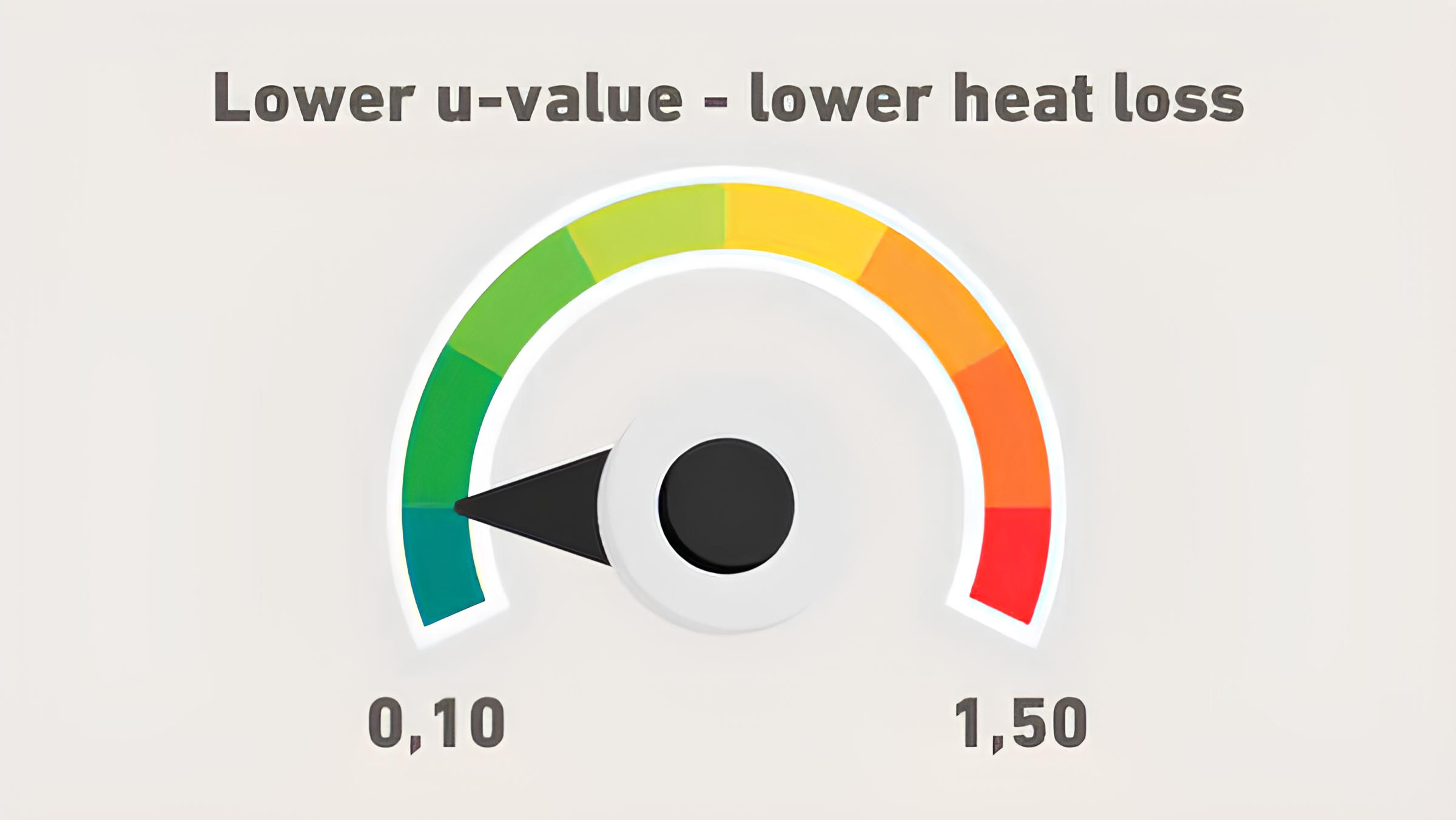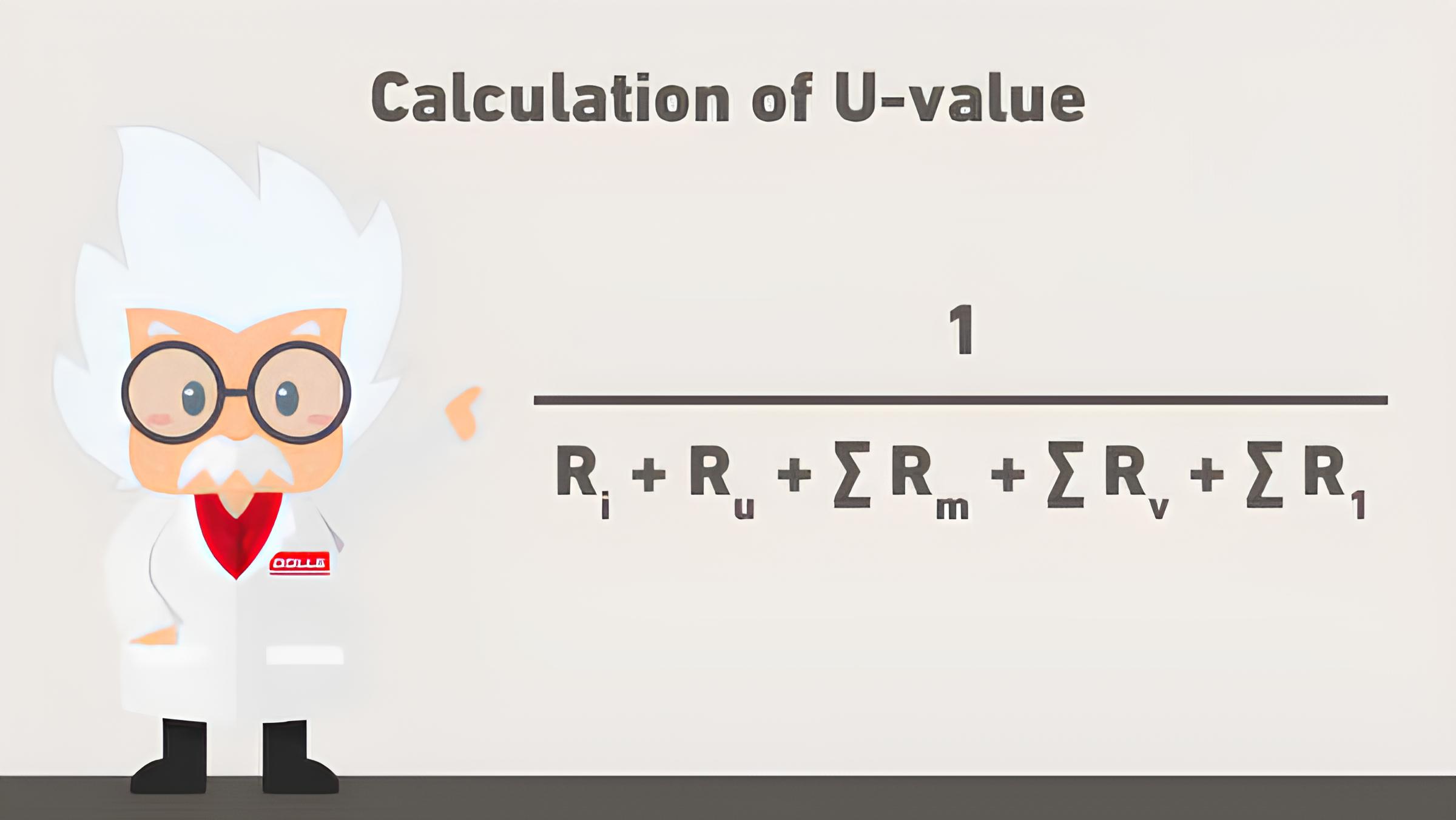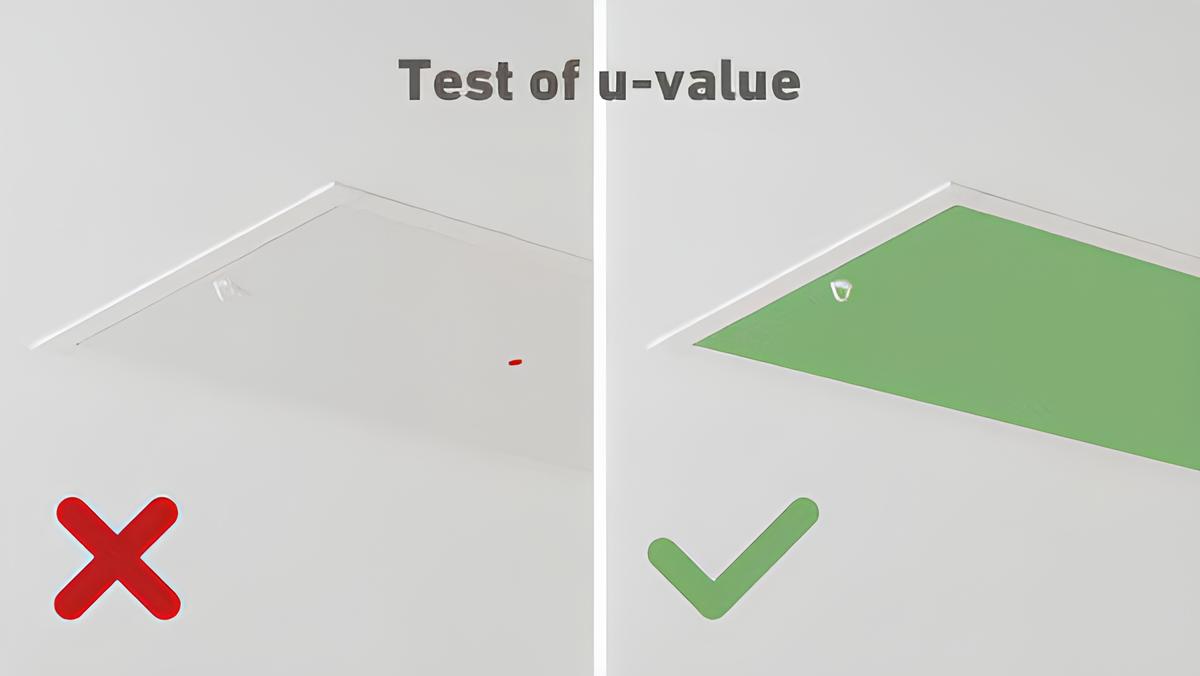





WHAT IS A U-VALUE, HOW DO YOU CALCULATE IT AND HOW IS U-VALUE USED?
All loft ladders and wall hatches from DOLLE have a tested U-value for each product. The U-value measures how effective the product is against heat loss.
Low U-value = Well insulated product = Less heat loss
WHAT IS A U-VALUE?
U-value is an expression used to when measuring insulation effectiveness about a building component or construction e.g., outer wall, loft ladder. The better-insulated, the lower the U-value will be. The U-value therefore indicates how well-insulated a construction is.
U-value is also known as 'Thermal transmittance'. It is expressed in W/m2*K (Watts Per Square Meter Per Kelvin)
The U-value indicates the amount of heat, meassured in Wh, that flows through 1m2 of a construction in 1 hour, when the temperature difference from one side to the other is 1 oC.




HOW TO CALCULATE THE U-VALUE
Calculating the U-value is relatively complex and is often done by a building constructor or an engineer.
The quotation for calculating the U-value is:
1 divided by the total heat conductivity.
Explanation:
A construction component (e.g., a loft ladder) usually consists of different materials with different thicknesses which are all insulated differently. When calculating the thermal transmittance (U-value) the insulation capacity must be calculated for all materials of the building component.
The effectiveness of the insulation is calculated by dividing the thickness of the material with the insulation capacity of the material.
HOW U-VALUE IS TEST AT DOLLE
We strive to develop well-insulated products. Our loft ladders and wall hatches perform with one of the lowest U-values of the market and the products are tested as building components - like doors and windows. A the lower the U-value, the better insulation.
We do not settle with calculations of the U-value, we also test it. Normally loft ladders and wall hatches are only tested in the center of the hatch which is typically the best performing area of the product. At DOLLE we test the insulation efficiency of the total surface and thereby define the actual U-value.


